This post is going to be devoted two different/separate areas of the city. The first is located in the Ciutat Vella District of Barcelona, while the other is in the district of Gracia. Which to us, meant ridding the metro once again.
It's not like I've never been on a subway/meto/train. What particularly fascinated me was the cleanliness of this public transportation. As a matter of fact the cleanliness of this entire city is quite noticible, considering the number of tourists as well as locals that walk the street of Barcelona on a daily basis.
I got side tracked........
Once in Ciutat Vella District the goal was to take a look at Arc de Triomf. Not to be confused with the Arc de Triomphe in Paris.
In 1888 Barcelona hosted the World Exhibition. The Arc de Triomf was built as the gateway to the fair which was held in the Parc de la Ciutadella.
Built of red bricks in the New Moorish style, with the coat of arms of the city of Barcelona and of the 49 Spanish provinces placed around the arch, this monument was designed by architect Josep Vilaseca, as an allegory of the respect that the city of Barcelona made for the nations and provinces that participated in the 1888 World's Fair.
Once through the Arc, there is a promenade that leads to the Parc de la Ciutadella. The park was created from the remnants of a large eighteenth century military fortress built by Philip V.
The park is one of the most intensively used parks ever and a great place to observe public life, as it draws a variety of people from all ages and cultures.
Antoni Clavé sculpture
Statue Of General Joan Prim
Gracia is conveniently located in the north of the city, at the top of Passeig de Gràcia and borders the popular district of Eixample. On foot, it’s about a 30-minute walk to the Gothic Quarter, by metro....you guessed it 10 minutes.
Despite its proximity to tourist hotspots, the neighbourhood retains a local village feel.
So why visit the Gracia District?
Well.........
Above this escalator (and mural) is a location that one definitely needs to visit while in Barcelona.
Park Güell.......
"Commissioned by Eusebi Guell, Gaudi designed this park to be a tranquil retreat for Barcelona’s chattering classes in the manner of El Retiro in Madrid. Unlike Retiro however Park Guell is not set on the flat, but on a dry and dusty hill that overlooks the Gracia district. The master architect used that to his advantage designing sweeping steps, grand viewing terraces and landscaping the gardens with tropical plants. The result is undoubtedly one of the most beautiful recreation spaces in Spain, if not the world.
The most memorable features of the park are the reptilian-esque colonnades, the colourful mosaics that cover the slaloming seats on the viewing terrace, and the famous tiled lizard that guards the sweeping steps which lead up from the entrance, and whose image can be found on many a T-shirt, mug and postcard around the city."
"Park Güell's story begins in 1899 when Eusebi Güell bought two plots of land from Montaña Pelada, known today as today Monte Carmelo. His idea was to have Gaudí convert the land into a garden city, inspired by English gardens (so much so that the park's official name even took after English "park".
Despite Güell and Gaudí's dedication to the project, it was a commercial failure. It was thought that it would be possible to develop the area into a high-class residential neighbourhood with magnificent views overlooking Barcelona, but the high pricing and location a little outside of the city centre made it that only two plots of land were sold at the time. The current Casa-Museo Gaudí (Gaudí Museum House), where the architect lived between 1906 and 1925, was originally built to be a model home."
Work on Park Güell began in November 1900. During the first three years, Gaudí devoted himself to building the walls that surround the park, the entrance pavilion, a shelter for cars, the main entrance stairs, roads, viaducts, and sewers. Between 1904 and 1906 Gaudí built what is now the Gaudí Museum House, which was to be a model home. Around this time, Eusebi Güell realized that his plan for an entire residential neighbourhood would not be successful. However, work continued on, in particular the construction of the common areas of the residential park. In 1914, the beginning of the First World War put an end to Gaudí's work.
After Eusebi Güell's death in 1918, his heirs decided to sell the land to the Barcelona city hall be be turned into a public park, opening in 1926, the year of Gaudí's death. Since then, Park Güell has been one of the most important points of interest in the city of Barcelona where many shows and public events take place. It has also become a must-visit tourist attraction.
In 1969, Park Güell was named a Historic and Artistic Monument of National Character. In 1984, the park was added to the list of Works of Antoni Gaudí recognized by the UNESCO World Heritage Centre.































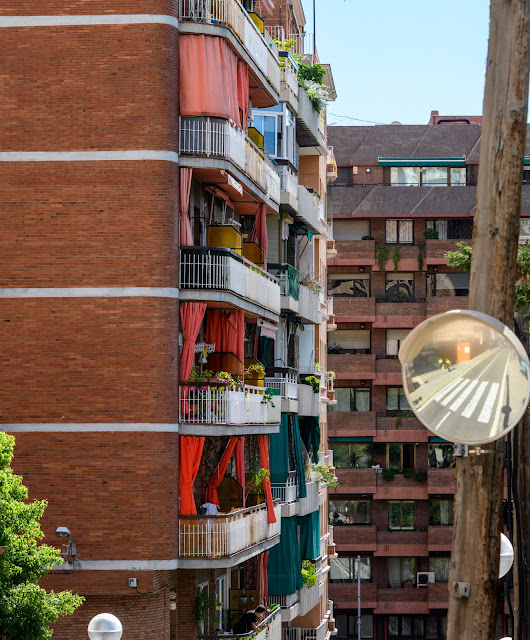




















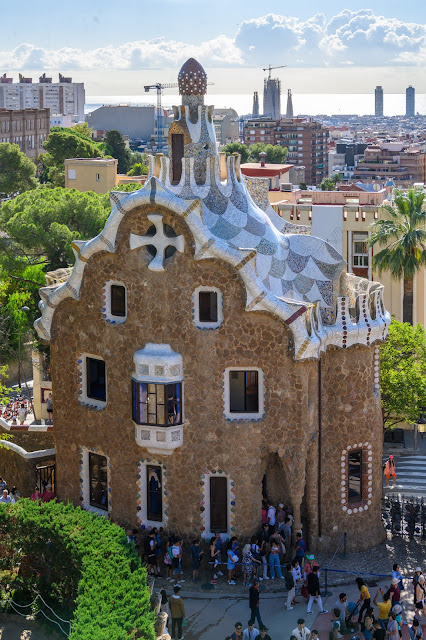





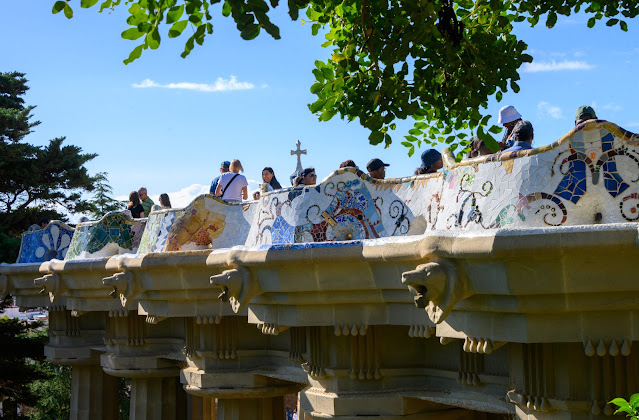









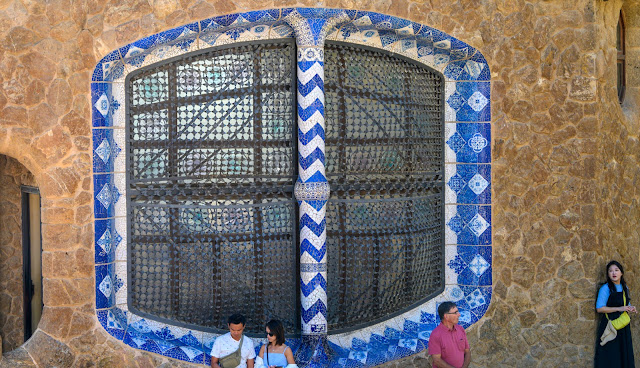






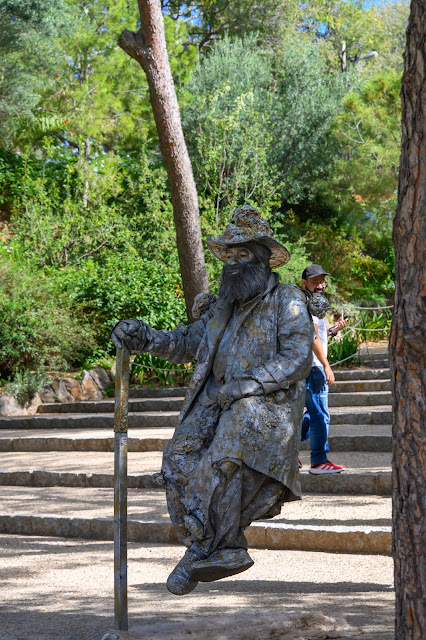



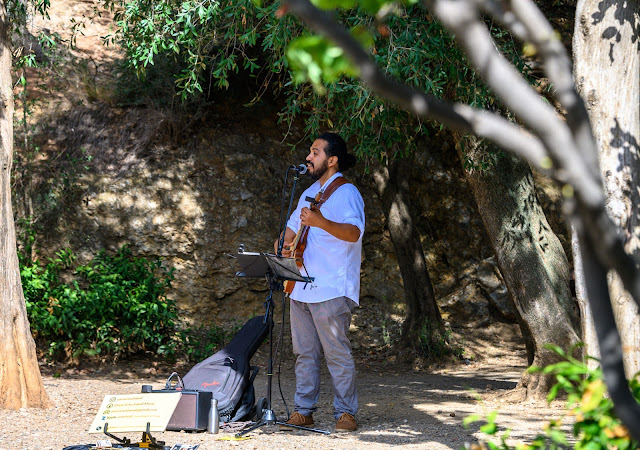






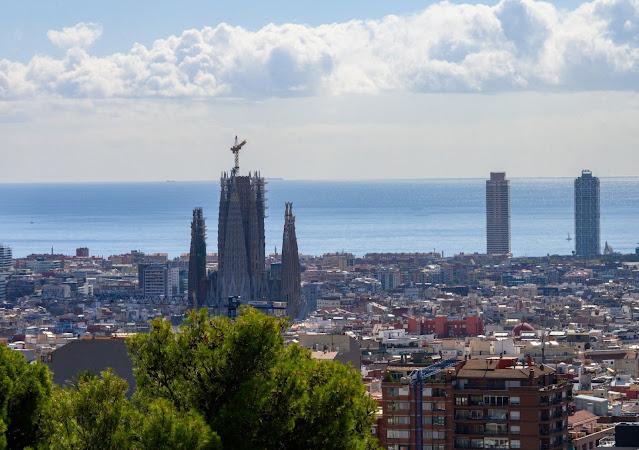





















0 comments:
Post a Comment